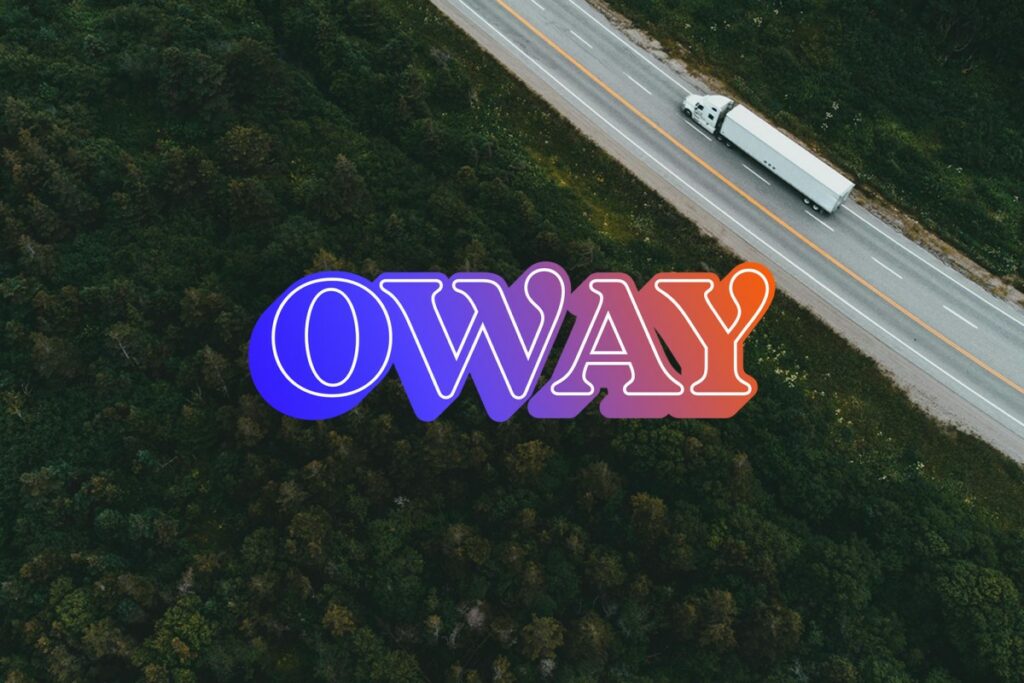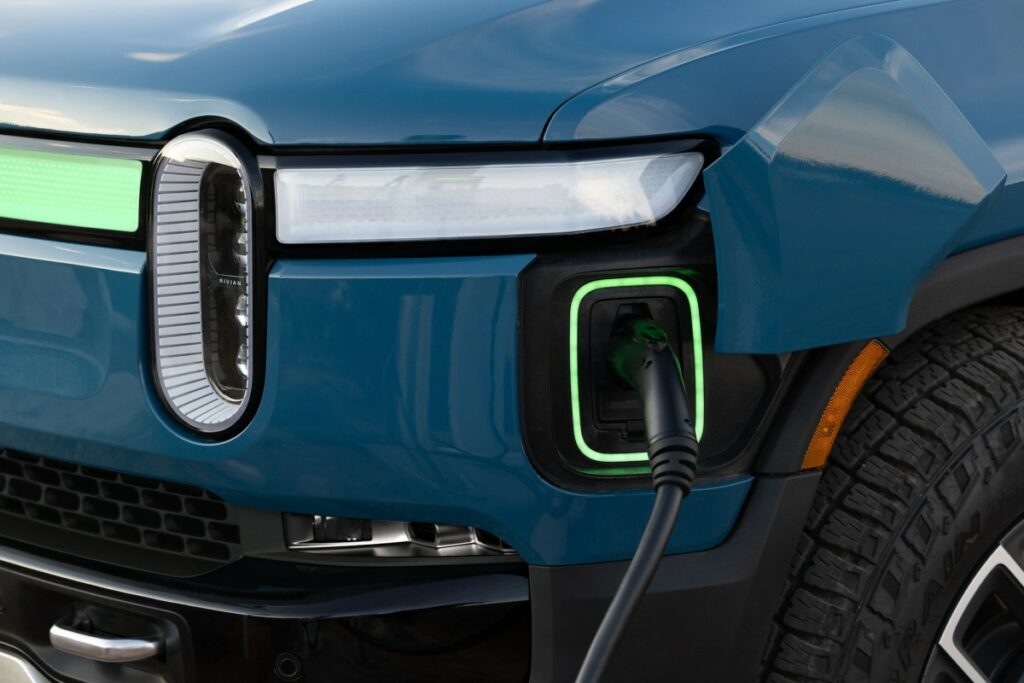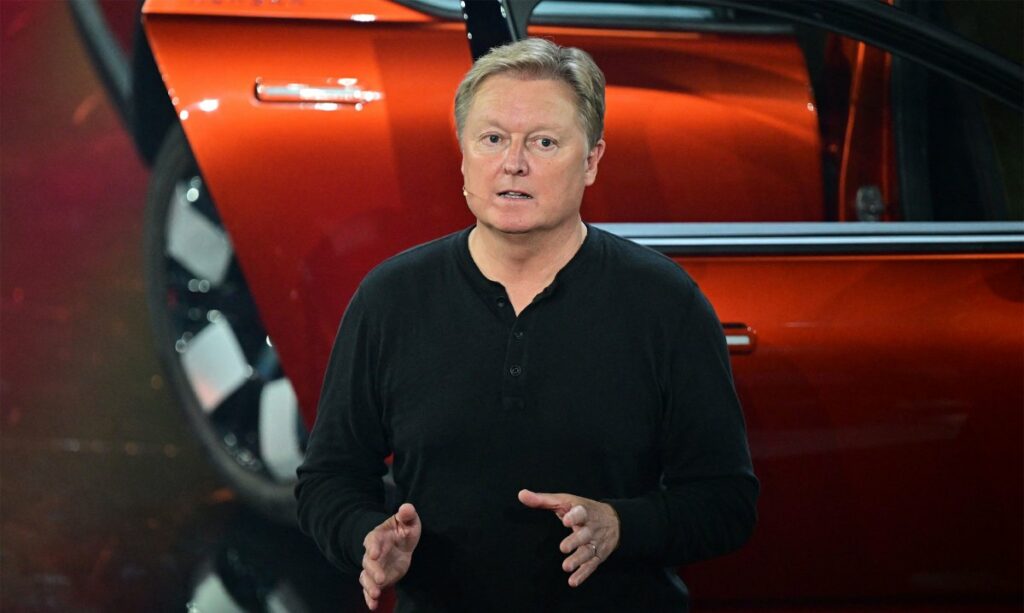Thousands of semi trucks that cut across the U.S. highway system each day are harboring a secret: they’re only about half full.
That inefficiency represents a multi-billion dollar opportunity. And one that a few companies like Uber Freight and Flock Freight are already chasing as part of broader business models that match truck drivers with companies selling goods.
San Francisco-based startup Oway is seeking out a narrower business model that more closely resembles Uber for freight, especially on the most inefficient long-haul routes. But it’s a model that the startup believes can scale big enough to make an impact on the country’s economy.
Oway, founded in 2023 and backed by Y-Combinator and General Catalyst, recently closed a $4 million seed round in pursuit of that goal. Founder Phillip Nadjafov told TechCrunch investors have bought into Oway’s concept because his company has already developed a way to cut the cost of shipping a pallet across the U.S. by 50%, using a clever mixture of new and somewhat old technologies.
There’s artificial intelligence, of course, in the form of machine learning that Oway developed to help find and match cargo with empty trailer space and a convenient destination (or a short detour). Oway is also automating a lot of the standard shipping and insurance documentation that goes with freight.
But Oway’s ride-share cargo pitch is made possible by what’s known as “electronic logging devices” (ELDs) that are installed on the trucks that traverse our country.
ELDs became government-mandated around a decade ago, part of a push to make trucking safer and more efficient by eliminating paper logbooks. This makes it harder for shippers and drivers to skirt the federal rules on maximum driving time, theoretically cutting down on fatigue.
Techcrunch event
San Francisco
|
October 27-29, 2025
The devices have been a source of contention for many drivers worried about excessive surveillance. And there’s some evidence that the promised safety benefits may be offset by an increase in aggressive driving since drivers can’t fudge their hours as easily.
But the devices are nonetheless the cornerstone of what Oway is doing, because ELDs also made it possible to keep tabs on the exact location of a truck in real-time.
With this information, Oway can work with shippers to identify destinations close to an already-planned route. When there is empty space on the trailer — which there often is, according to Nadjafov — Oway can help customers place cargo in those trailers at a fraction of the typical cost.
The result is Oway claims it can bring the cost of moving a sub-2,000-pound palette between Los Angeles and Dallas from about $220 down to as low as $60.
“You shouldn’t need to have to buy a whole 50-something-foot truck to move [something] across the country in order to get good pricing,” he said. “If you have a single box over 100 pounds you want to move it across the country, you should be able to, now, with current technology, be able to do that. And this is a huge problem we have in America.”
That disconnect, Nadjafov argued, creates higher shipping rates and consumer prices, but also leads to more emissions and more idle time for truckers. He believes Oway can solve this and is already working with big companies with thousands of vehicles in their fleets, though he said he can’t disclose who they are because they’ve asked for the relationships to stay private for now.
The way Nadjafov pitches it, Oway’s business model combines some of the best aspects of the two main ways freight gets shipped by trucks in the U.S.
One model is known as “full truckload,” which involves truck trailers being packed with goods, often in service of one shipper. These shipments typically go from point A to point B, offering quicker delivery but at a higher price.
The other model is what’s known as “less-than-truckload” shipping, which typically involves multiple shippers sharing space on a single truck. This lowers the cost, but it takes longer, as the goods often have to bounce between multiple trucks and warehouses before making it to their destination.
Nadjafov’s promise is that Oway can achieve the speed of full truckload shipping with the cost and dynamism of less-than-truckload. What’s more, by shipping more goods on direct long-haul routes, that freight is less likely to get damaged since it’s not being unloaded and re-loaded as it goes from a truck to a warehouse and back again.
Oway is doing all this in what Nadjafov describes as “decentralized,” meaning it is not trying to buy out entire trailers-worth of space, and is even working with other brokers in the industry on top of the carriers and shippers.
“We want Oway to be flexible so that one day new businesses and industries could be built on the novel applications of this infrastructure,” he said.
Nadjafov said Oway has already received interest from companies in other countries, but that his startup is focused on the U.S. for now — in part because Oway is only 12 people, but also because of how reliant this country is on trucking.
“Trucking is a trillion dollar industry and the empty space phenomenon itself is a $100 billion problem,” he said. “It’s going to be, I think, a very transformative movement for the entire commerce and logistics sector of America over the next 10 years, because I believe that this will be basically the de facto way that most businesses are going to move things around.”


